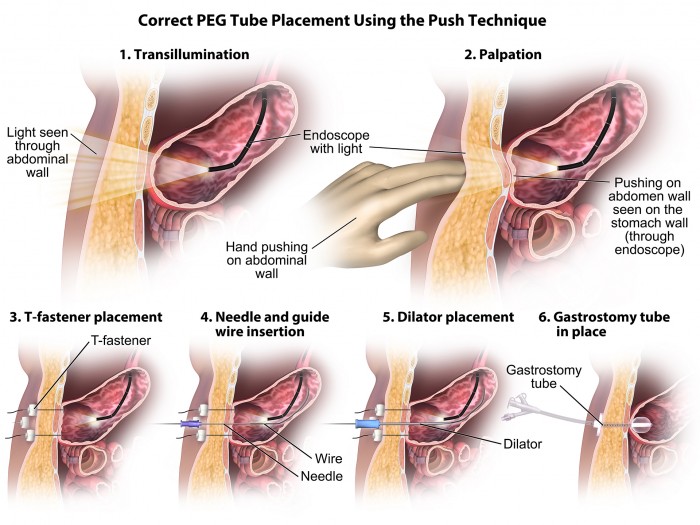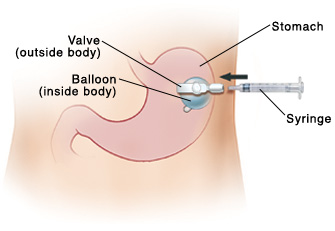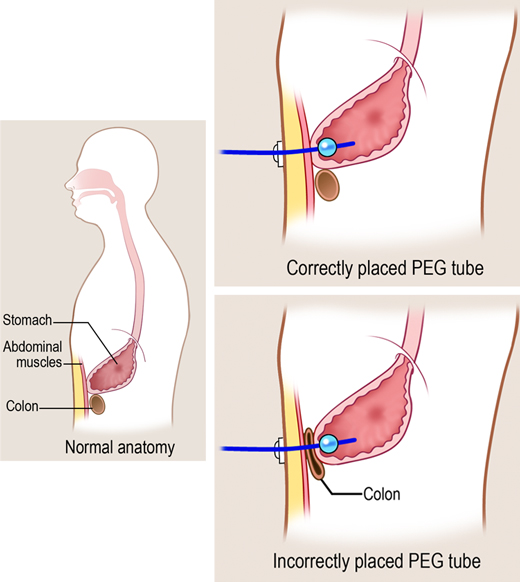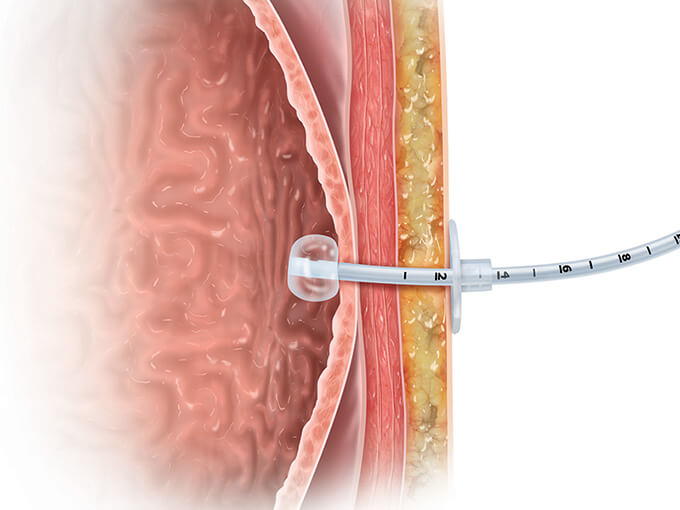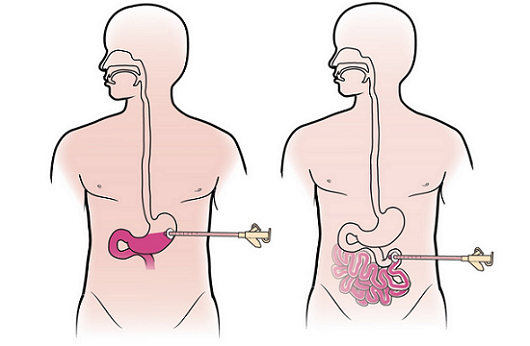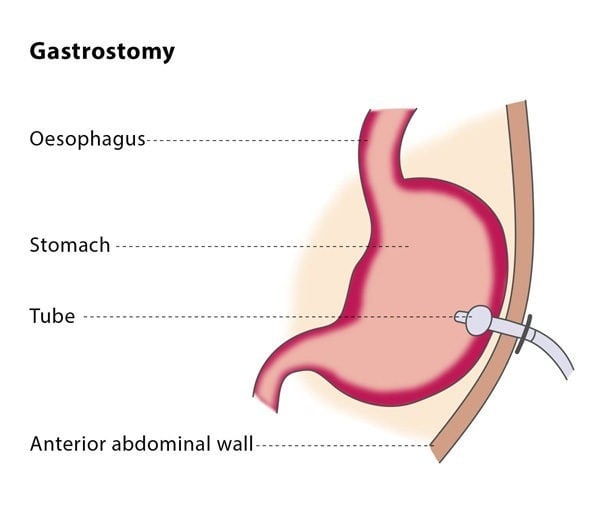Cool Info About How To Check For Peg Tube Placement
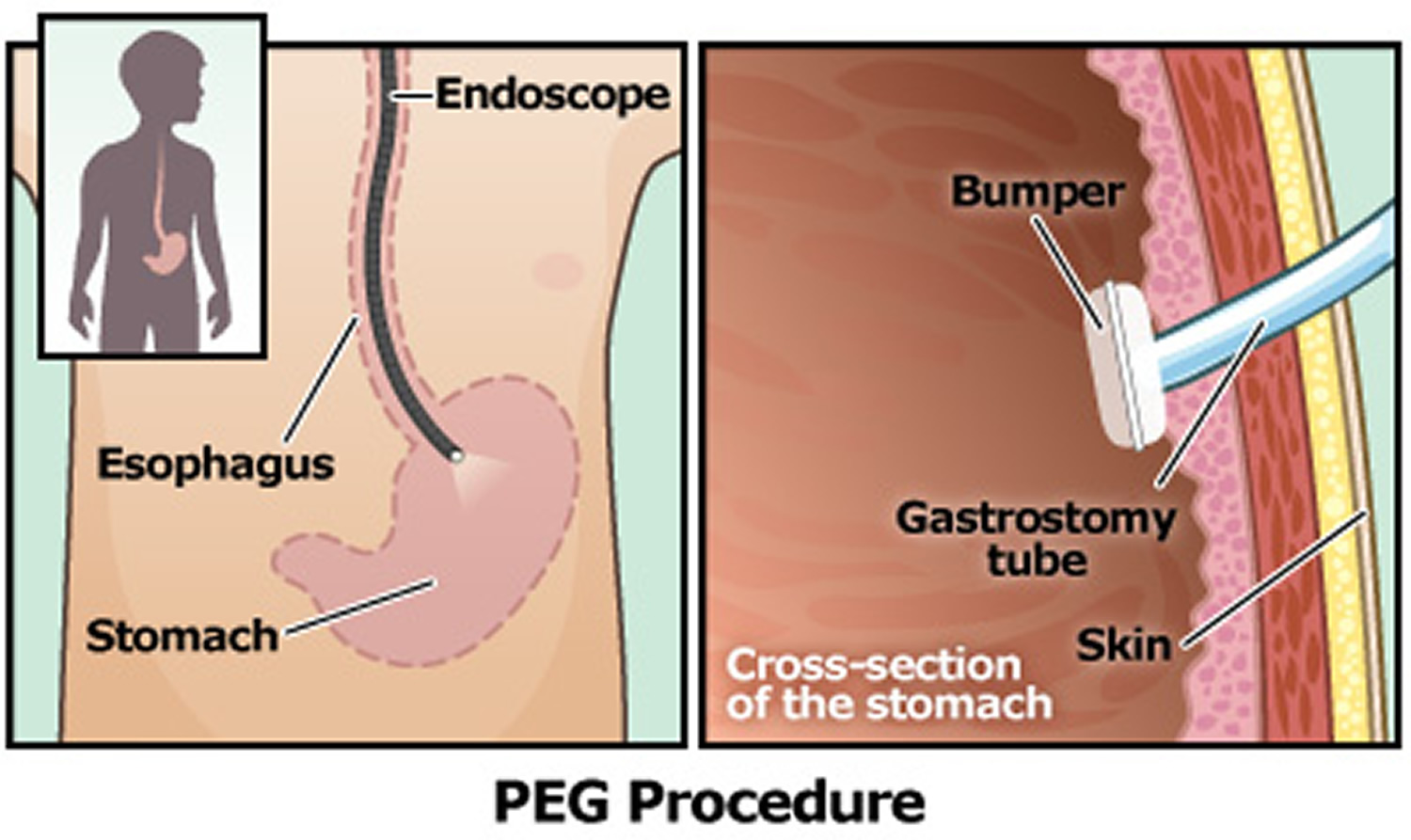
This is to ensure that we are not in a lung.
How to check for peg tube placement. Never use a wire to unclog the tube. Check placement by auscultating the resident’s abdomen about 3 inches below the sternum with the stethoscope; Ask the patient to hum or talk ( coughing or choking means the tube is properly placed);
This method is also known as percutaneous. Caring for the skin around your peg or pej tube. Listen across the left side of the abdomen above the waist with a stethoscope.
Fill the balloon port with an empty syringe labeled “bal”. A wire can poke a hole in the tube. You should hear a “growl” or rumbling/bubbling sound as the air is injected.
You will need to care for the skin around your peg or pej tube. Remove the entire amount of water from the balloon. Your healthcare provider may have you.
Nurses can verify the placement of the tube by performing two of the following methods: Flush your peg tube with a 60 ml syringe filled with warm water. This topic will review the placement and routine care of gastrostomy tubes, including management.
You should hear the bubble. Obtain static images in frontal and lateral (right decubitus) positions document any leakage of contrast with additionalimages. If you’re using a peg, check the residual every four hours (if residual is.

